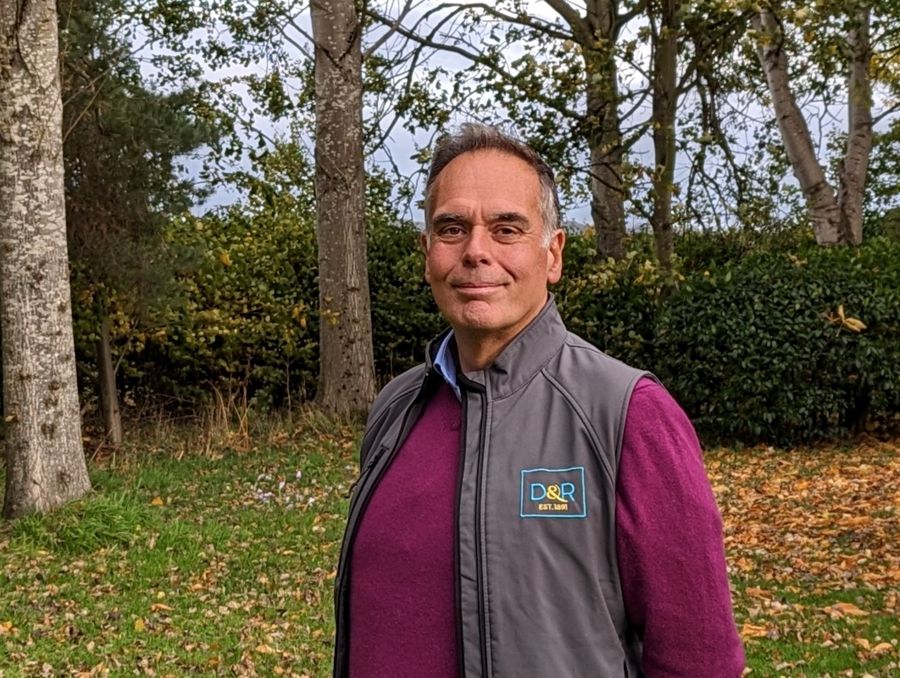Author: Keith Muir, D&R Associate Director and Forestry lead, Castle Douglas
We have previously talked about Long-Term Forest Plans (LTFP) in relation to managing mature broadleaf woodlands in a structured and professional way, but what is an LTFP and why are they being discussed?
Forest Plans are not new, they have been in existence as long as foresters have managed forests because managing forests and woodlands is a long-term job. Plans range from simplistic compartment details to management plans like felling plans, restocking plans, Forest Management Plans, design plans and Long-term Forest Plans.
LTFP incorporate all plans and involve in-depth planning with involvement from a wide range of stakeholders. They normally work for tens of years up to 100 years in advance, with more detail and approval for the first 10 years. All aspects of woodland management are incorporated into an approved LTFP for the following 20 years and look at the long-term benefits that come from a well-managed woodland. Areas covered include things like biodiversity and carbon, access and tourism, community involvement, historic and archaeological interests, fauna and flora, water, landscape benefits, flood management, timber, and plant health.
Certain characteristics or locations in question may also have specific interests not normally associated with woodlands such as dark skies or local plans. Good surveys and studies will uncover the information and can be factored into plans.
From our experience, there is always someone who knows something that you don’t know about your landholding, so never assume that by not mentioning something it won’t come up.
The principle aim of an LTFP is to set down the visions and objectives of the landowner and how the land will be maintained in a sustainable way to achieve them. All this while ensuring that the UK Woodland Strategy and its underpinning guidance are upheld at all times.
By involving key stakeholders such as local councils, NatureScot, SEPA, RSPB and community councils from an early stage it helps move progressive plans forward and implementation becomes far easier as they are approved by Scottish Forestry. LTFP’s look at the economic, social, and environmental aspects of land management and how they will benefit the wider economy, society and biodiversity of the region and country.
Importantly, many grant schemes both agricultural and forestry, will not move forward until the required planning documents are in place. In forestry that’s a LTFP at the top level and a felling & Restocking plan at the lower level.
Agricultural schemes in certain tiers will require full farm plans. We are entering a period where change is going to be far-reaching and impactful across the land sector. More integration and more progressive and aggressive planning is required if we are to achieve government as well as business objectives for land management.
Looking at it from a land management perspective and where the future lies, it is sensible to make the most of the work that is being carried out for one aspect to feed into what is required by another department. If an LTFP requires surveys and studies on flora and fauna and the agricultural department is looking for plans, and the biodiversity and carbon markets are all looking for details, then doing the survey work to a standard that satisfies them all is a far more cost-effective proposal. The more detailed the surveys are, the likelihood of being required to carry out and Environmental Impact Assessment reduces.
Before undertaking any plans for any aspect of land management it is wise to step back and think about what other objectives are being considered to ensure you cover them all at the same time.
When planning for the future, your D&R representative should ask you about your visions and objectives to ensure you get the best value from any work being carried out.
For more information contact your local D&R team or Keith Muir on 07379 495517 or KM@drrural.co.uk



